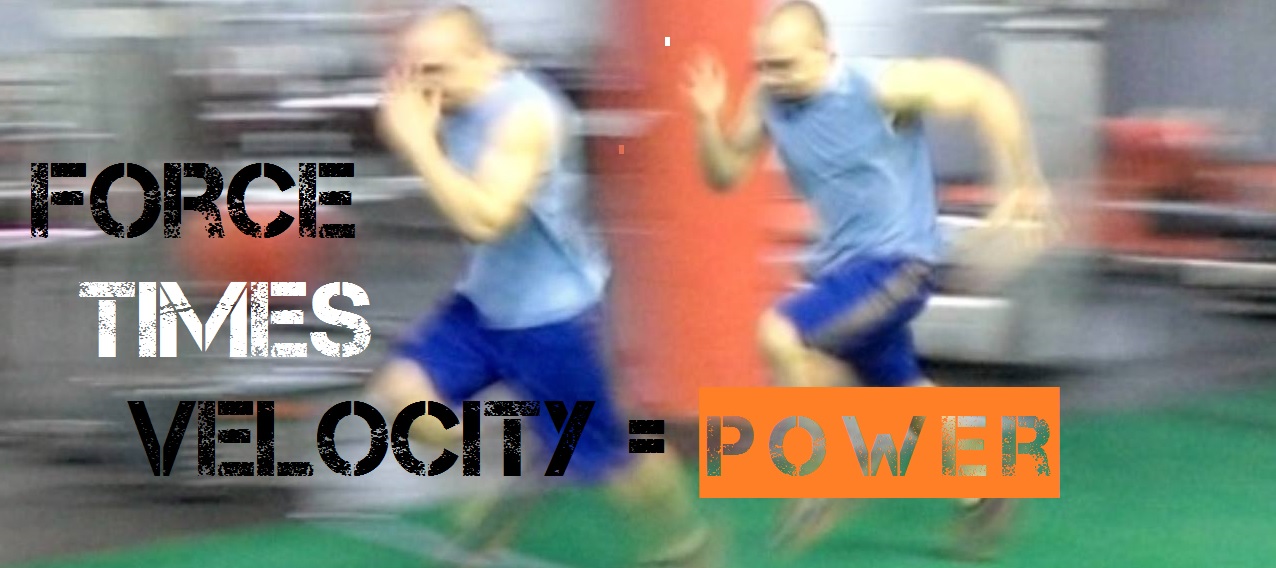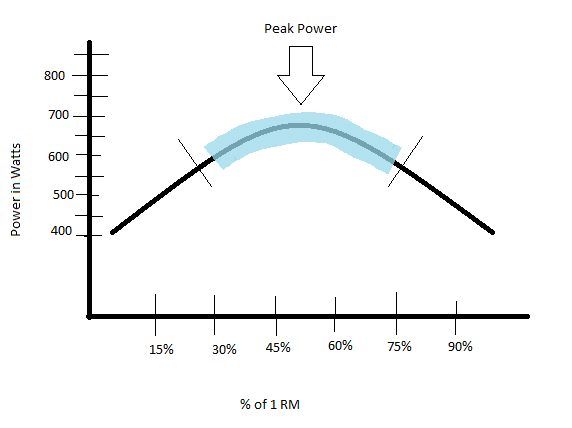
By: Brian Betancourt
Edited by: Rebecca Raskin
In the honor of Star Wars, I want to go over Emperor Palpatine’s favorite performance variable. That’s right, I want to talk about POWER! What is power? Why train power? And how do you train power?
So what is power? Power is not strength. Power is, as defined by physics, “the time rate of doing work” (Faulkner, 1986). Work is Force x Distance. Power is Work / Time. In case you are wondering, my boy, Isaac Newton, defines Force as Mass x Acceleration. Just think of power as being able to move weight quickly, whereas strength is the ability of the muscles to generate force in general. Whether that force is absolute or not does not matter. Here is an example: I bench press 190 pounds one time. I clone my swole self, my clone can also bench 190 pounds one time. Now we get into a competition we both attempt to bench press 190 pounds, but because my clone has embraced the Dark Side and trained with Emperor Palpatine he can produce more power and he can move the 190 pounds faster. This leads to another question.
Why power? Well in the words of an old professor of mine, it is all about power (he would later change his mind and say it is all about recovery). Take the example I gave you earlier. We both have equal strength. You may be thinking, “Wait, what?” but if you caught my lie, good for you. What do I mean? Well, my clone and I can both maximally bench press 190 pounds one time. But because my clone possess greater power, he can move 190 pounds faster than I can. Let that sink in. If strength is defined as the muscle’s ability to produce force, and he can produce force at a greater velocity than I can, that makes my clone stronger than me. Power is also involved in much more than lifting weight. In athletic environments, you want the power to be able to accelerate, change direction, and win. Power is clearly something that all pro teams want to know about. In almost every professional sport players are always tested for power. In the NFL, NBA, MLS and slew of other land-based sports, vertical jump is a great indicator of lower limb power. So is the first 10 meters of the 40-yard dash. In cycling, they have Wingate test. We can go on and on about all the test that are out there that attempt to measure power. But I know what you want. You want to know how to train power.
So, how do you train power? Well if coach Palpatine is not available then you have to turn to good ole exercise science. We can use physics you are familiar with: use newtons and meters to get joules and divide by time to get watts. All very useful for calculating the volume of that particular physical activity. Are you going to sit there with a measuring tape, stopwatch, notepad, and a TI-82? Probably not. So, does anybody know how to surf? Because that is what you are going to need to do. Surf the Power Curve. Below is a general Power Curve. Notice there is a peak, but also know that only training at the peak does not make you more powerful. Instead, you should play around with the other percentages of an one rep max. Another concept, and a critical concept that we professionals tend to forget, is Physiology: the principle that governs all of us human beings. If you are going to train power, you need to use the right

energy system. The Phosphagen system is going to be your weapon of choice. Use it and use it well. Embrace rest. It will teach you patience. It will make the Force strong in you it will.
References
Earle, T. R. (2008). Essentials of Strength Training and Conditioning. Champaign: Human Kinetics.
Faulkner, J. D. (1986). Power Output of fast and slow fibers from human skeletal muscles. Human Muscle Power.